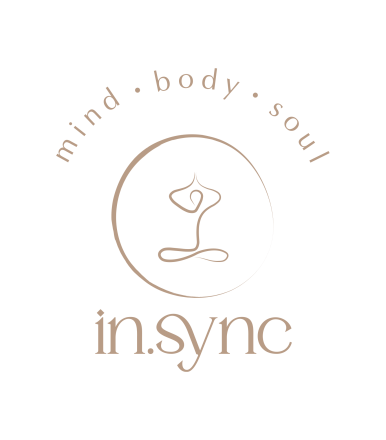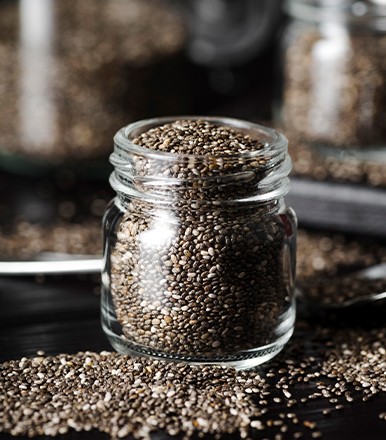A stroke is a medical emergency that occurs when blood flow to the brain is disrupted, leading to brain cell damage and potentially life-altering consequences. Timely recognition of the early signs of a stroke is critical for swift medical intervention, which can minimize brain damage and improve the chances of recovery.
Early Signs of Stroke:
The early signs of a stroke can vary depending on factors such as the type of stroke, the affected area of the brain, and individual differences. However, several common symptoms serve as warning signs:
Sudden Weakness or Numbness:
- Weakness or numbness, often on one side of the body, can occur in the face, arm, or leg.
- This may appear as facial drooping, difficulty lifting an arm, or dragging a leg while walking.
Trouble Speaking or Understanding Speech:
- Speech may become slurred or difficult to understand.
- The affected individual may struggle to find the right words or form coherent sentences.
Vision Problems:
- Blurred vision or sudden difficulty seeing in one or both eyes.
- Double vision or a loss of vision in one eye may also occur.
Severe Headache:
- A sudden, severe headache, often described as the worst headache of one's life, can be a sign of a hemorrhagic stroke.
- Headaches accompanied by other stroke symptoms warrant immediate medical attention.
Dizziness or Loss of Balance:
- Sudden dizziness, loss of balance, or difficulty walking in a coordinated manner.
- Vertigo, a sensation of spinning or whirling, may also be present.
Remembering FAST:
To aid in the recognition of stroke symptoms, the FAST acronym serves as a helpful mnemonic:
- F: Face drooping
- A: Arm weakness
- S: Speech difficulty
- T: Time to call emergency services
When to Seek Help:
If you or someone else experiences any of the early signs of a stroke, it's crucial to act quickly:
- Call emergency services immediately.
- Note the time when symptoms first appeared, as this information is critical in determining treatment options.
- Do not wait for symptoms to improve or worsen before seeking help.
Risk Factors and Prevention:
While strokes can occur suddenly, certain risk factors increase the likelihood of experiencing a stroke:
- High blood pressure
- Cholesterol
- diabetes
- Smoking
- Obesity and physical inactivity
- Family history of stroke
- Age - stroke risk increases with age
- Gender - men are more likely to have strokes than women
Medical management in the early stages of stroke focuses on rapid assessment, stabilization, and treatment that can minimize brain damage and improve outcomes. Here are some medical treatments that can help the patient recover better if intervention is done in the early hours of stroke onset.
Thrombolytic Therapy
- For ischemic strokes, thrombolytic therapy with tissue plasminogen activator (tPA) is a cornerstone of treatment if administered within a specific time window (typically within 4.5 hours of symptom onset).
- TPA helps dissolve blood clots and restore blood flow to the affected brain area, potentially reducing disability and improving outcomes.
- Eligibility for thrombolytic therapy depends on various factors, including the time since symptom onset and exclusion criteria such as recent surgery or bleeding disorders.
Mechanical Thrombectomy
- In some cases of large vessel occlusion (LVO) ischemic strokes, mechanical thrombectomy may be performed in addition to or instead of thrombolytic therapy.
- This minimally invasive procedure involves using a catheter-based device to physically remove or break up the blood clot causing the stroke, restoring blood flow to the brain.
Blood Pressure Management
- Controlling blood pressure is crucial in the acute phase of stroke to prevent further damage to the brain.
- In some cases, blood pressure may be lowered gradually to reduce the risk of hemorrhagic transformation in ischemic strokes while ensuring adequate cerebral perfusion.
Monitoring and Supportive Care:
- Continuous monitoring of vital signs, neurological status, and oxygen saturation is essential to detect any changes and guide treatment.
- Supportive care includes maintaining adequate hydration, oxygenation, and temperature control and preventing complications such as aspiration pneumonia and deep vein thrombosis.
Secondary Prevention:
- Initiating secondary prevention measures early in the acute phase and continuing them after discharge is essential to reduce the risk of recurrent stroke.
- This may include prescribing antiplatelet or anticoagulant medications, statins to manage cholesterol levels, blood pressure-lowering medications, and lifestyle modifications such as smoking cessation and dietary changes.
Rehabilitation Planning:
- Early involvement of rehabilitation specialists, including physical and occupational therapists, along with speech therapists, helps develop a comprehensive rehabilitation plan tailored to the individual's needs.
- Rehabilitation aims to promote recovery, regain lost function, and maximize independence in activities of daily living.
Medical management in the early stages of stroke involves rapid assessment, treatment with thrombolytic therapy or mechanical thrombectomy when indicated, blood pressure management, supportive care, secondary prevention measures, rehabilitation planning, and specialized stroke unit care. Timely intervention and multidisciplinary collaboration are essential to optimize outcomes and minimize disability in patients with acute stroke.
To reduce the risk of stroke, individuals can take proactive measures, including:
- Adopting a healthy lifestyle with regular exercise and a balanced diet
- Managing underlying health conditions such as hypertension and diabetes
- Quitting smoking and limiting alcohol consumption
- Undergoing regular medical check-ups and screenings
In conclusion, Early recognition of the signs of stroke is crucial for prompt medical intervention, which can save lives and prevent long-term disability. By familiarizing themselves with the early signs and acting swiftly in response to symptoms, individuals can play a vital role in improving stroke outcomes. Education, awareness, and proactive health management are key components of stroke prevention and timely intervention.
Hello Fitness Magazine is your go-to resource if you're seeking comprehensive insights into holistic wellness for the modern woman. From fitness tips tailored to busy schedules to mindfulness practices and nutrition guidance, our magazine covers a wide spectrum of topics to support your journey towards a balanced and Healthy lifestyle. Visit the Website to explore our latest articles and discover expert advice on achieving wellness in today's fast-paced world.














